
Hi! I'm Ferenc Dalnoki-Veress
Making science related to policy simple to understand.
Scientist-in-Residence & Adjunct Prof at the James Martin Center for Nonproliferation Studies (CNS)
Portfolio
Technical experience in a variety of fields supply chain calculations (with Anylogistix), nuclear nonproliferation, weapons and safety, emerging technology (semiconductor industry, robotics, quantum sensing). Contributed technical analysis to the visual
forensics teams of the Washington Post, Human Rights Watch and Amnesty International. Consult for the Pacific Island
Forum of nations. Member of the SNO Collaboration that won the 2015 Nobel Prize in physics .
Laureate along with my team of the 2016 Breakthrough Prize in Physics. Contributed/written >90 publications ( Google Scholar ).
Taught courses: Missiles
and BMD, nuclear verification and weapons, Fukushima Incident, Science for Nonproliferation and Terrorism Studies.
Bibliometrics: Nov 2022

KEYWORDS: Public Health, Disarmament, Arms Control, Crowd Management, Ukraine, Explosion Analysis, Nuclear Safety, Cancer, Antineutrinos, Supply Chain, Pandemic, Interview, Japan, Aghanistan
Pinned Works

Contributed a technical analysis to the fabulous Washington Post Visual Forensics team of the US drone strike that killed Mr. Zemari Ahmadi (in Kabul) and 9 of his family members. I demonstrated that there was no large explosion indicating for the first time that the US drone strike did not hit an ISIS-k compound.

In this paper with Dr. Adam Berstein (Livermore National Lab) and Rachel Carr (MIT) we explore seismic cueing to detect antineutrinos from nuclear explosions. When a seismic signature of a nuclear explosion is detected by the IMS, a 10 second window is opened for antineutrinos.
Antineutrinos
Nuclear Weapons
Contributed technical analysis to Amnesty International Report of the Mariupol bombing of the Drama Theatre.
Explosion Analysis
Other Works (not complete)
It was such a pleasure to moderate this discussion on The Power of VR and Storytelling: Building Empathy for a Nuclear Weapons Free World. The panel discussed the incredible VR movie "In the Morning You Wake" about the Hawaii missile scare. VR Story telling will be such a powerful medium.
Disarmament
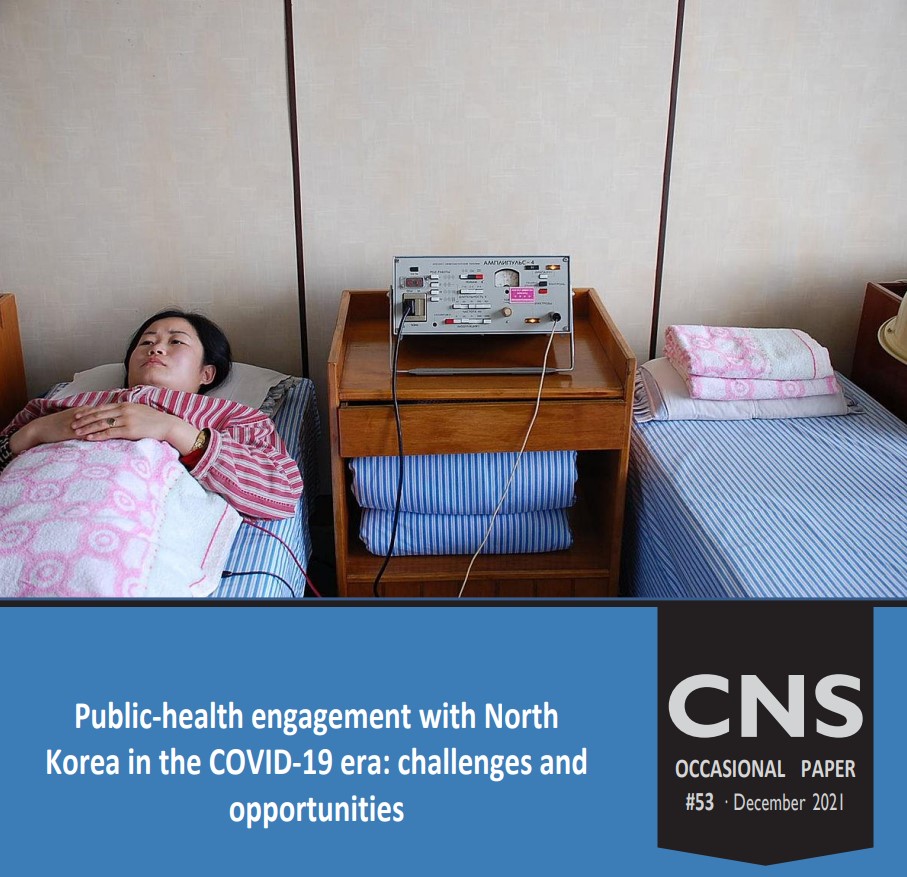
Research report with Josh Pollock on public health engagement with North Korea. There is a lot we can do!
Public Health
North Korea
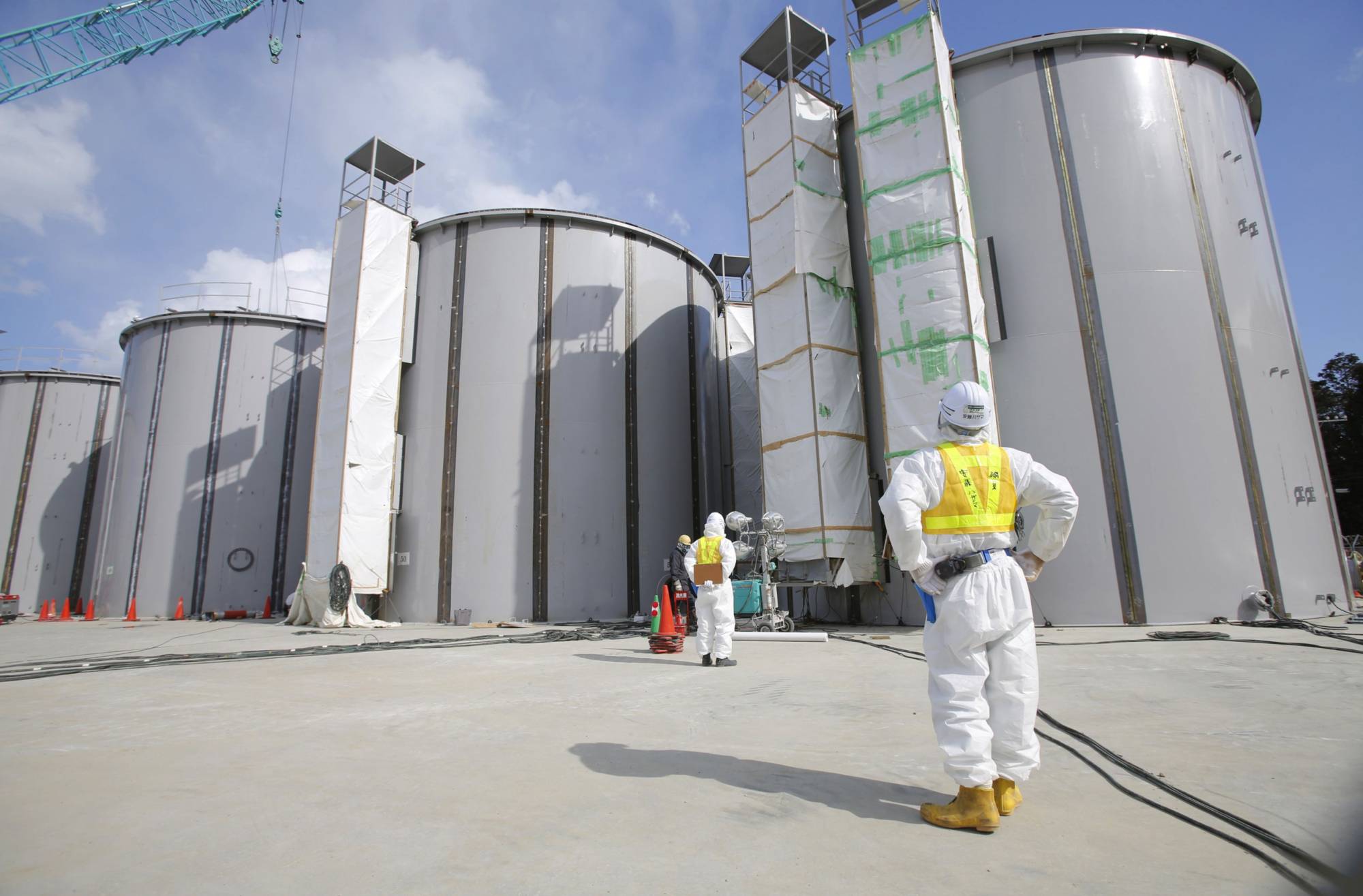
Japan Times op ed from August 26 2022 focused on our concern of the release of 1.3 million metric tons of contaminated water into the Pacific Ocean. This is part of the work I am doing as part of an expert panel for the Pacific Island Forum of nations. This oped is drafted in our individual capacities and our views may or may not be shared by the forum secretariat or its members.
Nuclear Safety
Fukushima
Japan

In 2019 five Russian radionuclide sensors that are part of the International Monitoring System abruptly started to stop sending data. This coincided with an the August 8 explosion at Nyonoksa in northern Russia–and the initial report of a spike in radioactivity in the nearby city of Severodvinsk. I proved that it is highly unlikely that all 5 detectors refused to work at the same time, and that data is being deliberately witheld.
Radioactivity
Russia
Interview with Middlebury College on the Kabul drone strike analysis. I discussed the emotional toll that such an analysis can have. Especially with the horror of the mistake and the difficulty in analyzing such images.
Explosion Analysis
Afghanistan
(pdf) I discussed food supply modelling of the Dairy Industry in California during COVID-19. There are excellent tools such as Anylogistix . Improving resilience against climate incidents, geopolitical shocks or pandemics is an ongoing problem for many industries (semiconductor) that we need to study further.
Supply Chain
Pandemic
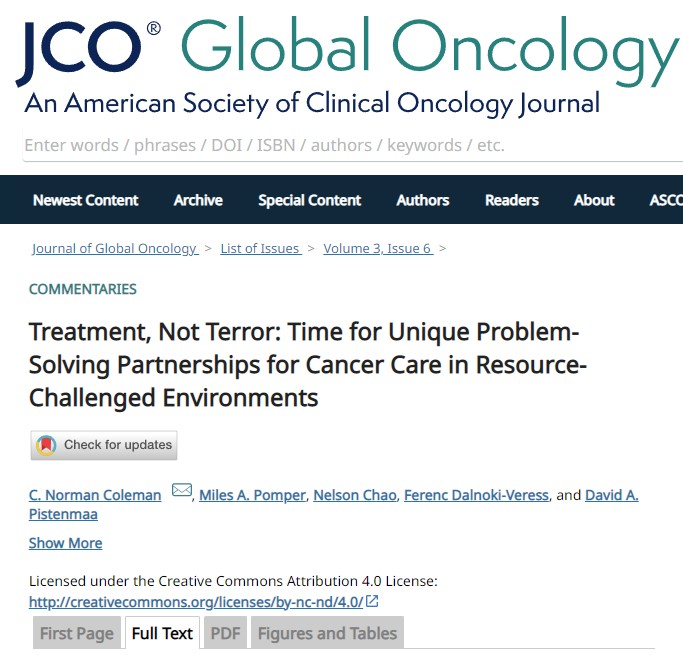
This was an article in the Journal of Global Oncology. I love spreading my wings wide and learing about different topics. The Treatment not Terror project is definitely one of my favourite projects.
Cancer

In this report with my brilliant colleagues we discuss options for a verifyable freeze of missile production in North Korea. In light of recent missile tests from North Korea it is still very relevant now. Arms control now in North Korea!
Arms Control
North Korea

In this Q&A Sohia Chen interviews me about how I navigate being a physicist in a policy world.
Interview
Contributed a technical analysis (see: 5 min onward) to the fabulous Washington Post Visual Forensics team. I analyzed video demonstrating that the people in the crowd during the concert had no control over their movement leading to a potentially deadly situation.
Crowd Analysis
This was a fun discussion on "Challenges and Opportunities for Public Health Engagement with North Korea in the COVID-19 era" with Josh Pollock and Dr. Kee Park from Harvard. Dr Park is a well known expert on North Korea public health system. Josh starts the discussion with why are a bunch of nuclear specialists focused on public health! And a rich discussion followed. Thanks to National Committee on North Korea for hosting the discussion.
Public Health
North Korea
 MIT Press
MIT Press
Nuclear Choices Book: A Citizen's Guide
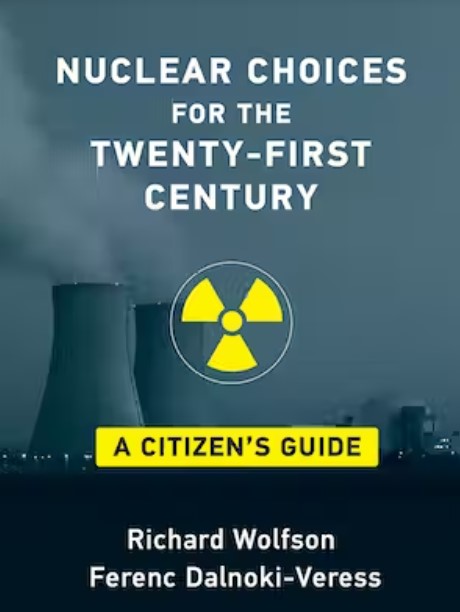
For Professors: Request permissions via MIT Press
Nuclear Choices for the 21st Century: A Citizens Guide
“This book tells you everything you wanted to know about nuclear issues but may have been too overwhelmed to ask.”
Dr. Patricia Lewis
“A comprehensive introduction to nuclear issues written in a simple and engaging style but containing such a wealth of information that experts too can learn interesting things. Each side in the debate over nuclear power will find both ammunition and a better understanding of the other side.”
Prof. Frank von Hippel, Senior Research Physicist and Professor of Public and International Affairs Emeritus, Program on Science and Global Security, Princeton University
“This book should become a valued reference for specialist and general readers alike, and I look forward to having a copy on my shelf.”
Cameron Reed, Charles A. Dana Professor of Physics Emeritus, Alma College
PBS WNET Open Mind - with Alexander Heffner - May 2 2022
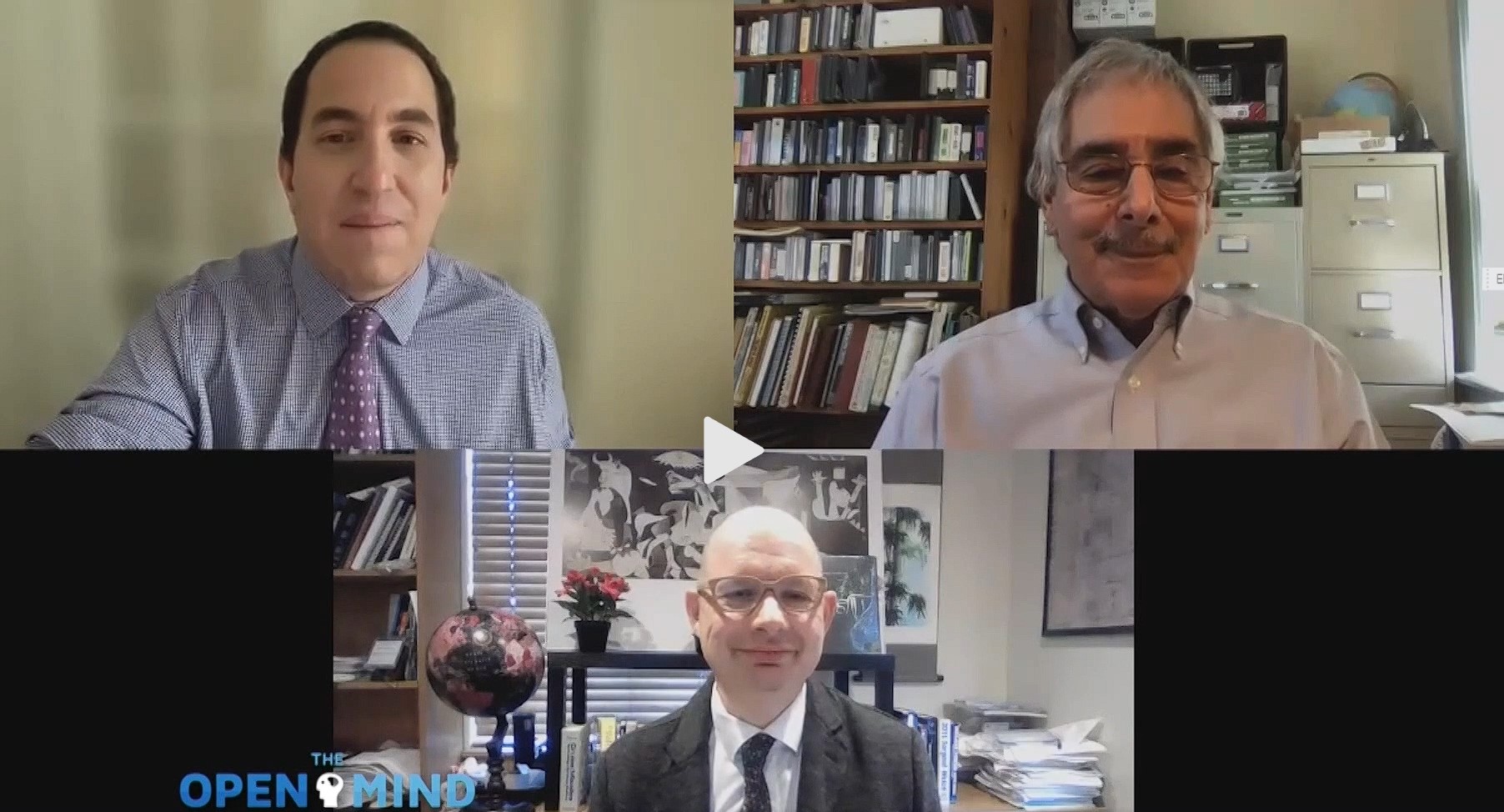 Discussion of the book with Co-Author Prof. Richard Wolfson (Middlebury College)
Discussion of the book with Co-Author Prof. Richard Wolfson (Middlebury College)
About Me

Well, that was me some time ago when I worked for the Max Planck Institute for Nuclear physics at Laboratori Nazionali del Gran Sasso in Italy (LNGS).
Wet Science
Those days I practiced what I call “Wet Physics” (ultralow background detection) at various locations, first in Canada working on the Sudbury Neutrino Observatory, then in Germany at the Max Planck Institute of International Studies (MPI-k), then Gran Sasso Labs on the Borexino experiment. This truly was “Wet Science” in the sense that the SNO experiment was a 10,000 ton heavy water detector located 2 km beneath the ground in a mine in Canada. So a lot of water. Borexino, a little smaller, but also a large detector filled with liquid (not water, but a liquid scintillator). We were super-excited that the Nobel Committee chose our project for the 2015 Nobel Prize. Icing on the cake was when we also won the 2016 Breakthrough Prize in Physics as well.
Dry Science Does NOT Mean Boring Science
I moved to Princeton University Physics Department continuing to work on the Borexino experiment but met the amazing group of people at Princeton’s Program on Science and Global Security and in particular Prof. Frank von Hippel and I realized that the physics that I love can be applied to the greater good not just high energy physics. I then transitioned from “Wet Physics” to what I call “Dry Physics”. Not dry in the sense that it is boring, it is anything but. Rather applying physics to policy challenges in areas related to nuclear nonproliferation, nuclear weapons emerging technology etc. At the James Martin Center for Nonproliferation Studies (CNS) and the Middlebury Institute of International Studies at Monterey (MIIS), I instruct courses, on themes where Science and Policy intersect. I believe as Jonathan Foley, the executive director of the California Academy of Sciences, has said that a “healthy democracy depends on science” which is why I am keenly interested in science communication.